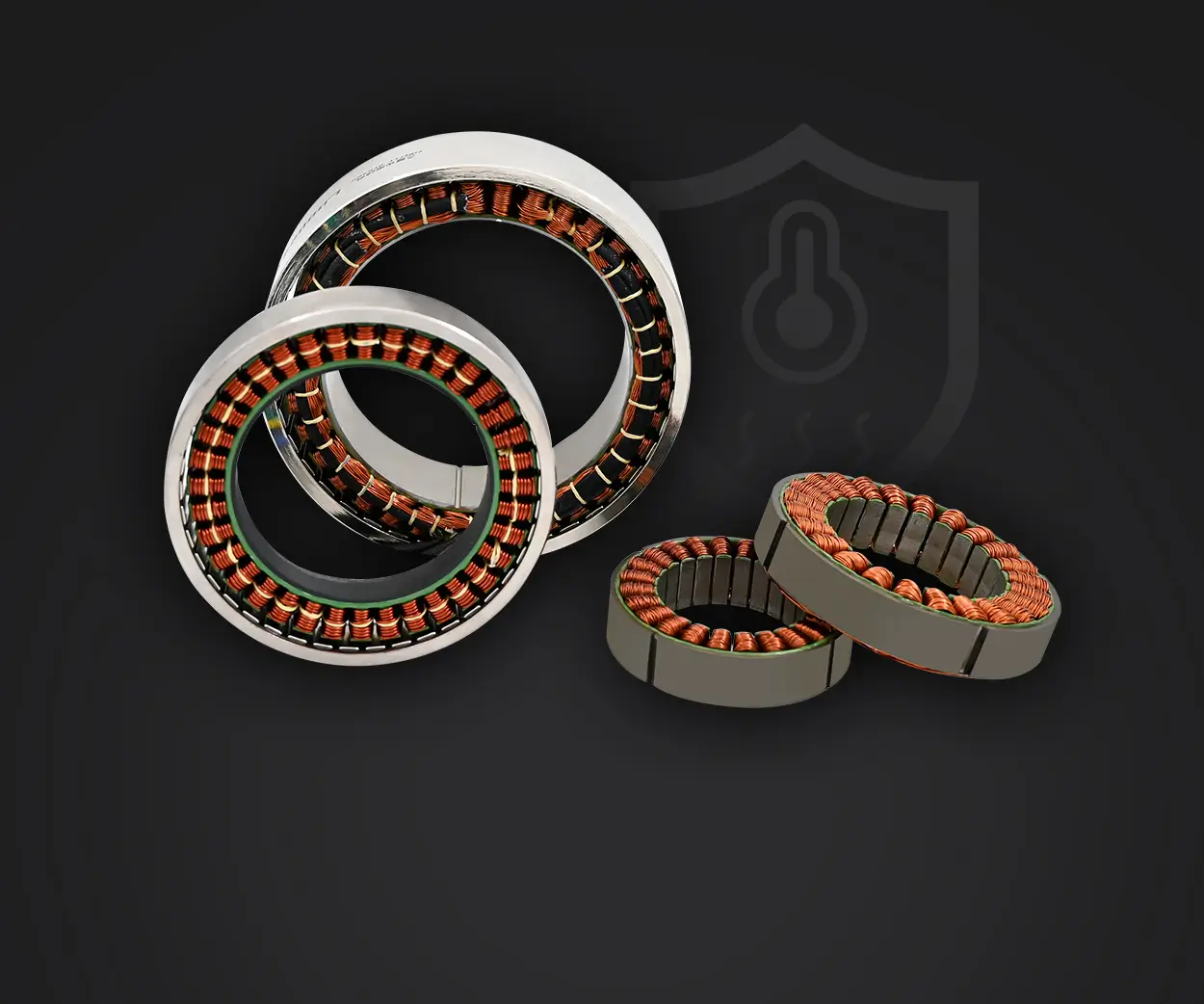Thinking about building that perfect robotic arm or maybe an autonomous project? You're probably staring at the Arduino and wondering how to make that servo motor dance exactly how you want. That’s where the magic of the servo motor pins comes into play, and I want to take you through why they’re the backbone of any precise control system.

First off, let’s picture a typical setup. You have an Arduino board, a servo motor, and a handful of pins connecting them. But it’s not just about plugging in; it’s about understanding how those pins govern movement. The signal pin, usually a yellow or white wire, carries the pulse that determines the position of the servo. The power and ground pins are straightforward but critical—serious power is needed if you're cranking out multiple servos, or they might jitter or fail.
Ever tried to run a servo but it didn’t respond? That’s typically a wiring or pin assignment issue. Choosing the right pins really simplifies troubleshooting. Many folks overlook that, but dedicating a specific digital pin for servo control means less headache. Plus, some pins are better suited to PWM signals—pulse-width modulation—giving smoother, more accurate control. It’s almost like tuning a fine instrument.
A lot of questions come up about compatibility. For example, if your servo demands more current than your Arduino pin can handle, what happens? Ignoring this can lead to erratic movements or even damage. That’s why it’s recommended to power servos separately but share a common ground with the Arduino. Proper wiring isn’t just about connections; it’s about safeguarding and ensuring longevity.
Now, imagine you want to control several servos simultaneously. This adds complexity but also open up creative opportunities. You’ll need to assign each servo to specific pins, often PWM-enabled for precise control. Sometimes, the pins you pick can influence timing and responsiveness, so choosing wisely matters.
There’s also the matter of coding—whether you’re using a trusty library like the Servo library or rolling your own control signals. Proper pin assignment keeps things running smoothly, reducing latency and jitter during operation. In the end, the connection points become the nerve center of your project’s responsiveness.
Ever think about how you might troubleshoot a servo that just won’t turn? Checking the pin wiring, verifying voltage levels, ensuring no wiring shorts—you see how those pins outwardly look simple but hide a lot of potential pitfalls? When everything clicks into place, the servo moves exactly as scripted, smooth and reliable. That’s the beauty of understanding those tiny pins and what they do.
In the bigger picture, your servo motor pins are more than just connectors. They’re control points that, if understood and used correctly, elevate your project from something that sorta works into something that really impresses. If you’re into robotics, automation, or just having fun with electronics, mastering these connections opens up a whole world of possibilities. Don’t underestimate the little pins—they’re the gateway to creating precise, responsive, and innovative devices.
Established in 2005, Kpower has been dedicated to a professional compact motion unit manufacturer, headquartered in Dongguan, Guangdong Province, China. Leveraging innovations in modular drive technology, Kpower integrates high-performance motors, precision reducers, and multi-protocol control systems to provide efficient and customized smart drive system solutions. Kpower has delivered professional drive system solutions to over 500 enterprise clients globally with products covering various fields such as Smart Home Systems, Automatic Electronics, Robotics, Precision Agriculture, Drones, and Industrial Automation.




































